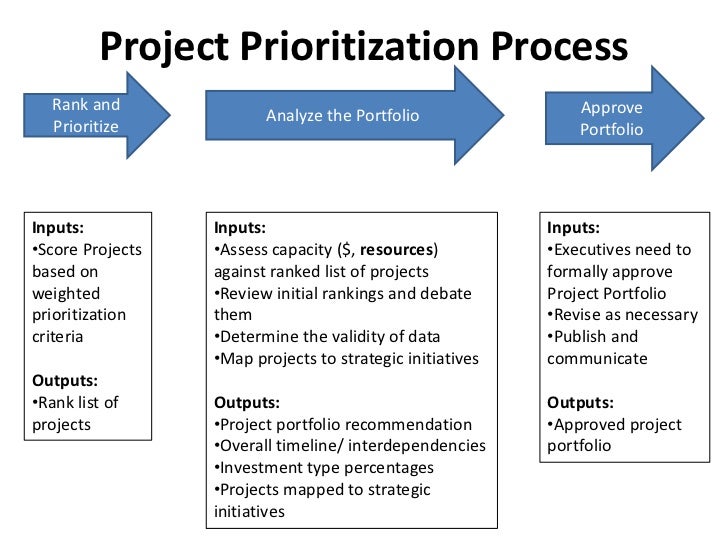How To Prioritize Your Company's Projects

In today's dynamic business landscape, companies are often bombarded with a multitude of projects vying for limited resources. The ability to effectively prioritize these projects is no longer a luxury, but a critical determinant of success, influencing everything from resource allocation to market competitiveness. A misstep in prioritization can lead to wasted investments, missed opportunities, and ultimately, a weakened bottom line, potentially hindering future growth and even threatening survival.
This article delves into the crucial strategies for prioritizing company projects, offering actionable insights and evidence-based approaches to help organizations make informed decisions. We will explore established frameworks, data-driven methodologies, and expert opinions, providing a comprehensive guide to navigate the complexities of project prioritization. The aim is to equip business leaders and project managers with the tools they need to maximize efficiency, align projects with strategic objectives, and drive sustainable growth.
Understanding the Importance of Project Prioritization
Poor project prioritization is a silent killer of organizational productivity. According to a 2023 report by the Project Management Institute (PMI), organizations waste an average of 11.4% of their investment in projects due to poor performance. This underscores the critical need for a robust prioritization process.
Effective prioritization ensures that resources are allocated to projects that deliver the greatest value and align with the company's strategic goals. It minimizes the risk of spreading resources too thin, which can lead to delays, cost overruns, and ultimately, project failure.
Key Frameworks for Project Prioritization
The MoSCoW Method
The MoSCoW method is a popular technique that categorizes projects into four priority levels: Must have, Should have, Could have, and Won't have. This simple framework allows teams to quickly identify essential projects from those that are less critical.
Must have projects are non-negotiable and essential for the company's immediate success. Should have projects are important but not critical, while Could have projects are desirable but can be postponed without significant impact. Won't have projects are those that are not a priority at the current time.
The Value vs. Effort Matrix
The Value vs. Effort matrix plots projects on a two-dimensional grid, with value to the business on one axis and the effort required to complete the project on the other. Projects with high value and low effort are prioritized first, while those with low value and high effort are avoided.
This framework allows for a visual comparison of projects, making it easier to identify quick wins and focus resources on high-impact initiatives. It encourages data-driven decision making, ensuring that projects are selected based on their potential return on investment.
Scoring Models
Scoring models use a weighted scoring system to evaluate projects based on a predefined set of criteria. Criteria can include factors such as strategic alignment, financial return, risk, and customer impact.
Each project is assigned a score for each criterion, and the scores are then multiplied by the corresponding weight. This provides a quantifiable measure of project value and allows for objective comparison across different initiatives.
Data-Driven Decision Making
Relying solely on intuition or gut feeling can lead to biased prioritization decisions. A data-driven approach utilizes relevant data and analytics to inform project selection, minimizing subjective biases.
This includes analyzing market trends, customer feedback, financial forecasts, and resource availability. By using data to support project proposals, organizations can increase the likelihood of selecting projects that will deliver real value.
Aligning Projects with Strategic Objectives
It is crucial that all projects align with the company's overarching strategic objectives. Projects that do not contribute to the achievement of these objectives should be deprioritized or eliminated.
Regularly review the company's strategic plan and assess how each project contributes to its goals. This ensures that resources are focused on initiatives that will drive long-term success.
Conclusion: Embracing Strategic Project Prioritization
Project prioritization is a continuous process that requires ongoing evaluation and adjustment. By adopting a structured approach, leveraging data-driven insights, and aligning projects with strategic objectives, companies can significantly improve their chances of success. Embracing these strategies will not only enhance efficiency but also drive sustainable growth in an increasingly competitive business environment.
The future of project management hinges on the ability to prioritize effectively, ensuring that resources are allocated to initiatives that deliver the greatest value. Organizations that master this skill will be well-positioned to thrive in the years to come.
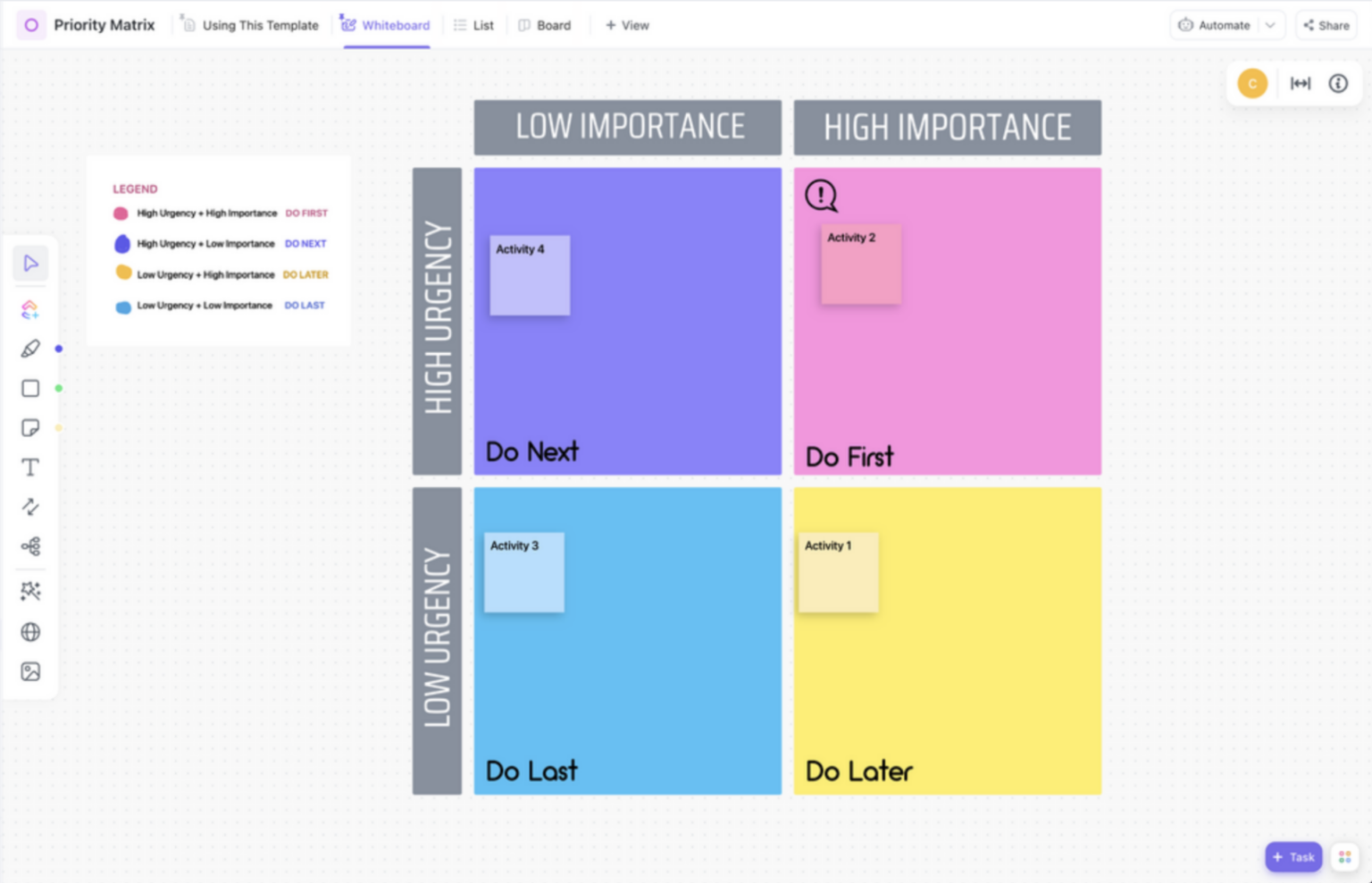

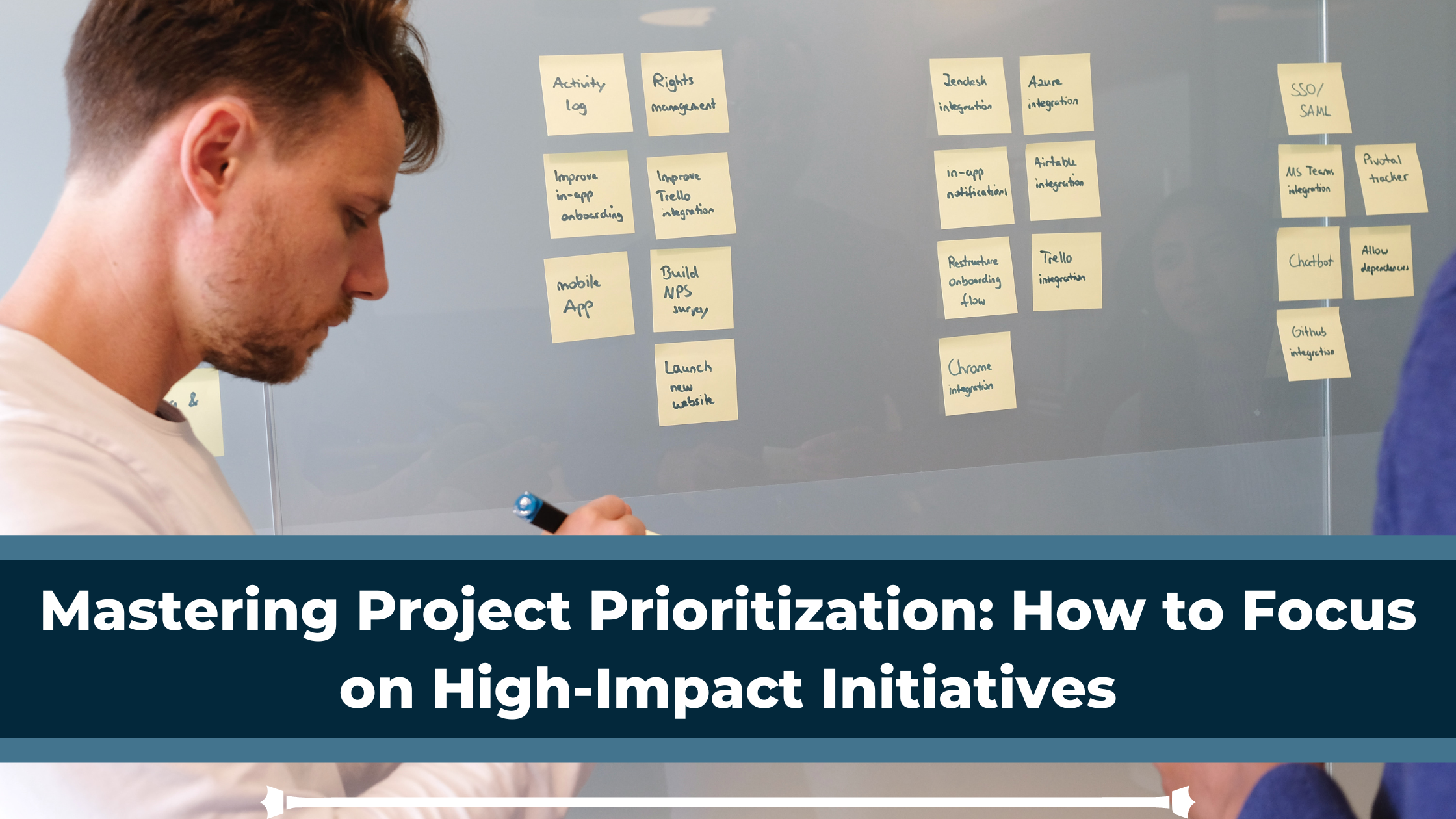


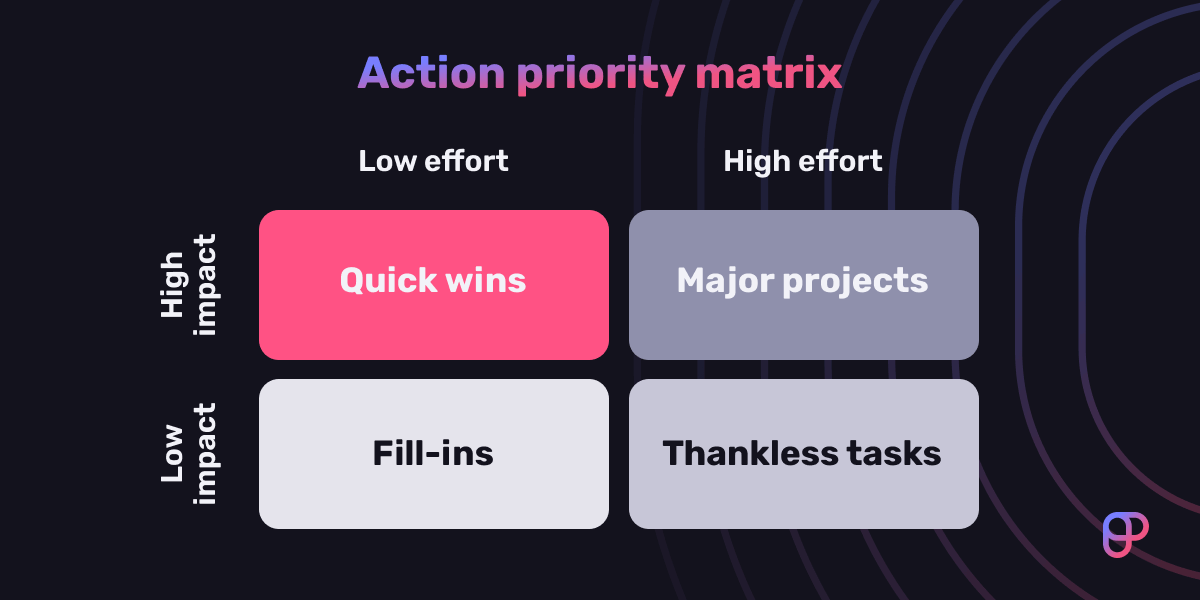
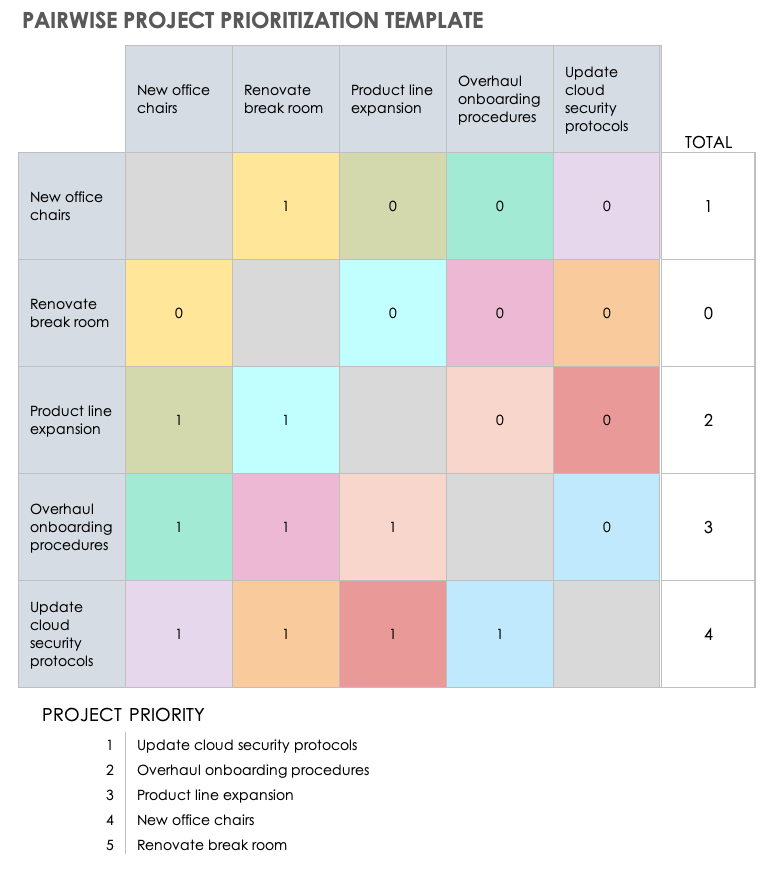




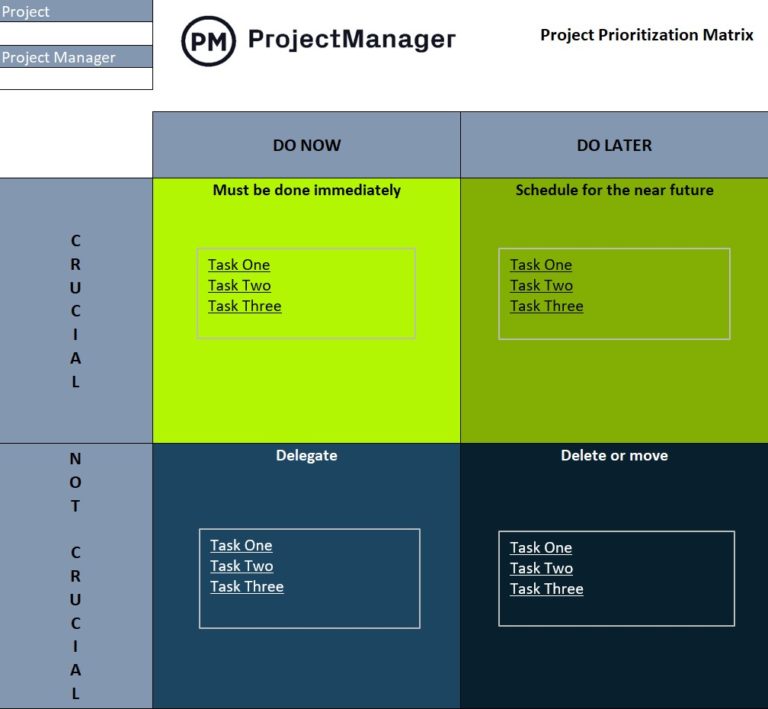
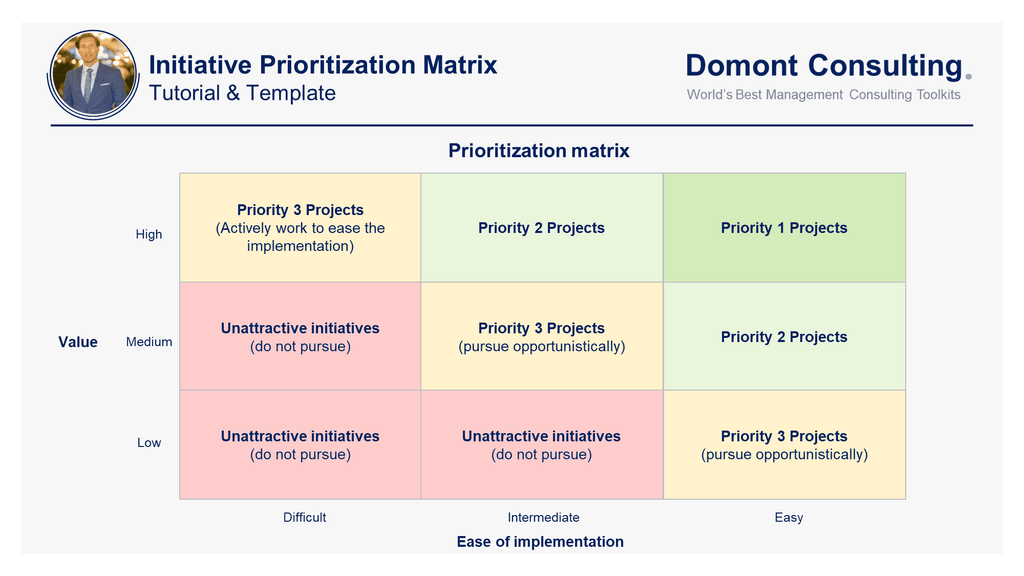
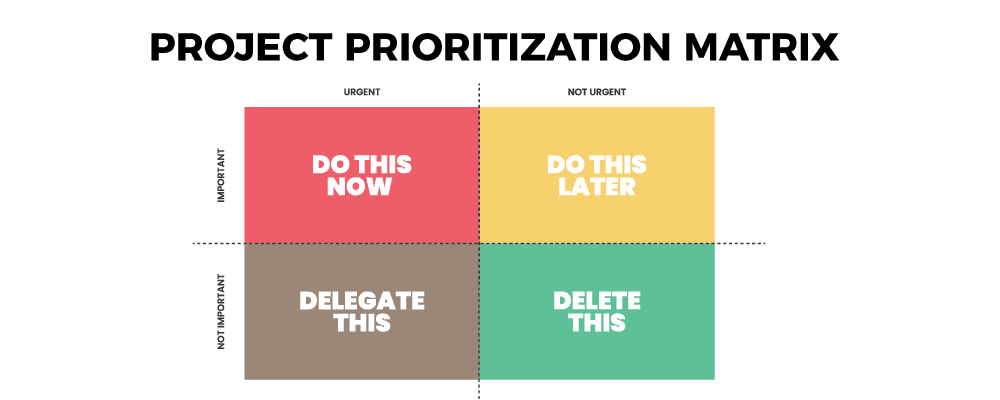
![How To Prioritize Your Company's Projects Project Prioritization-Alignment Matrix [Free download]](https://static.appfluence.com/images/project-prioritization-alignment-matrix.png)
